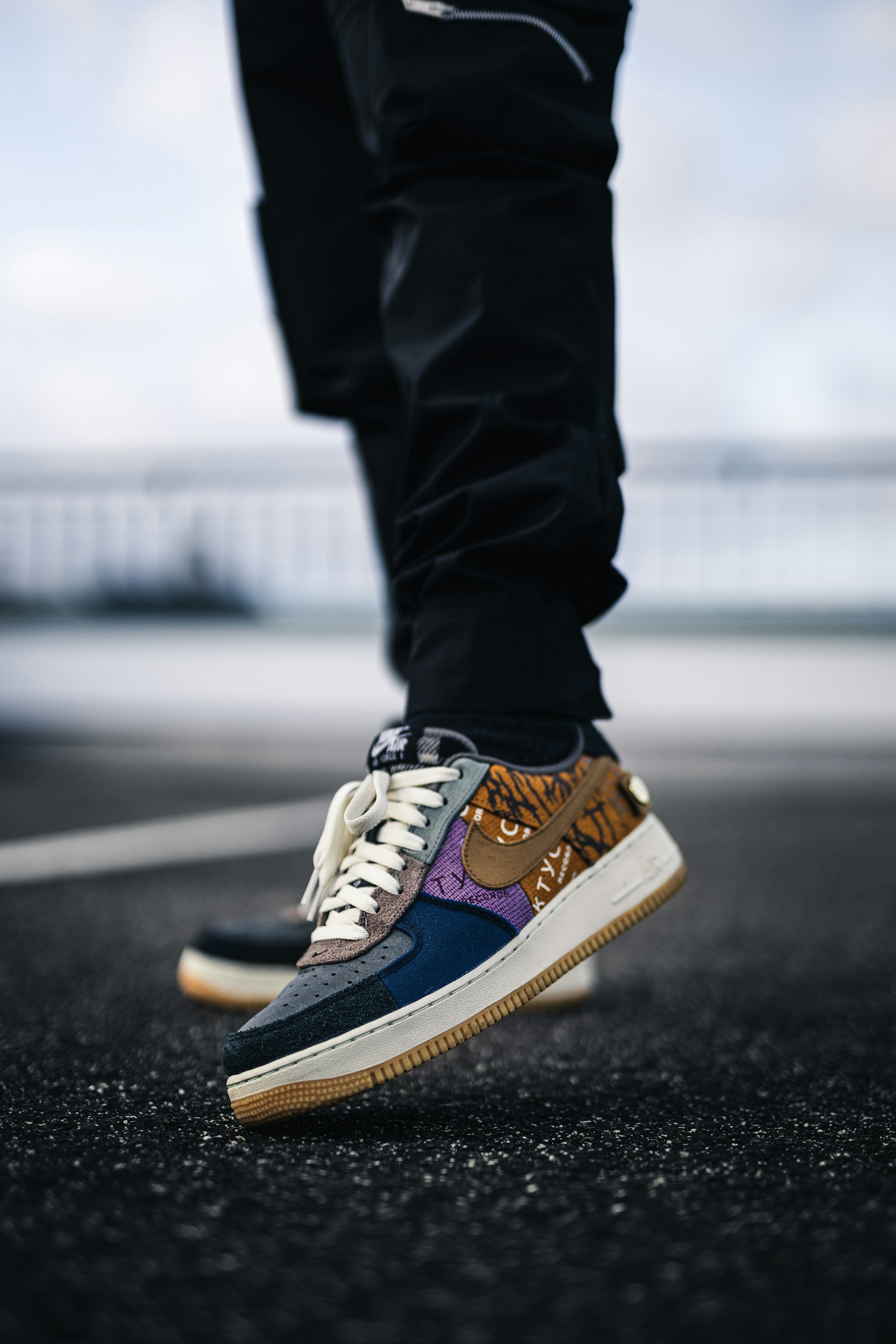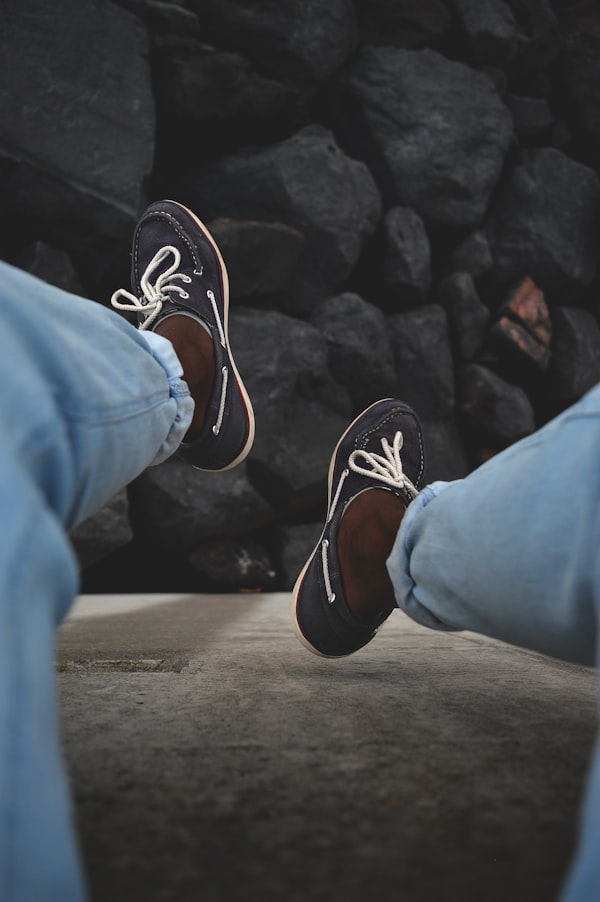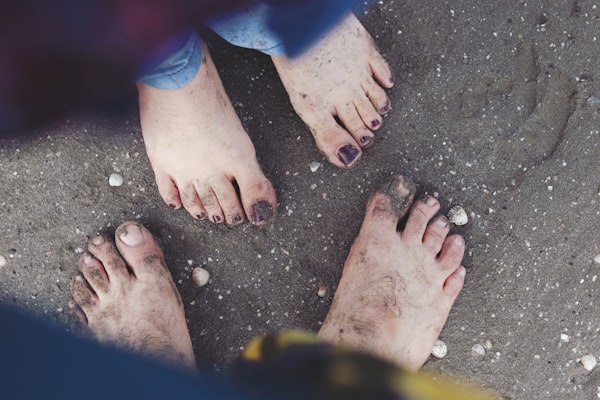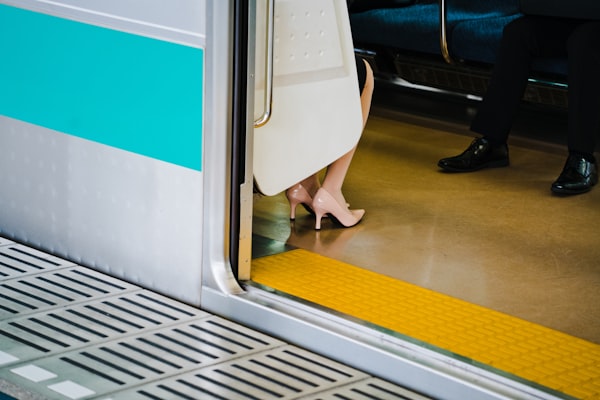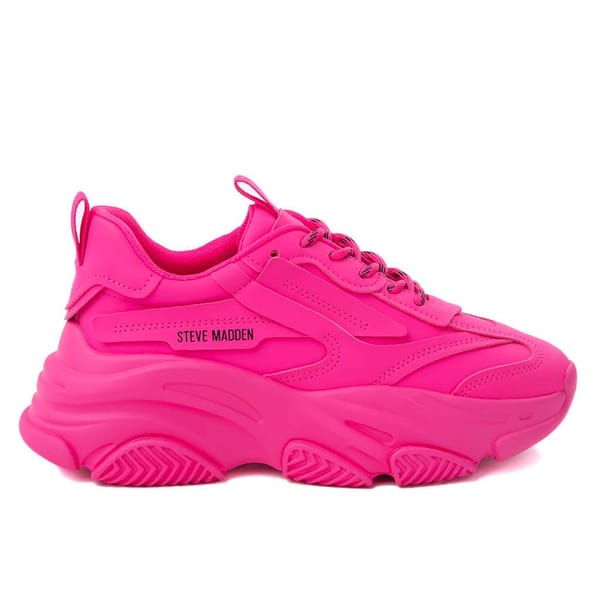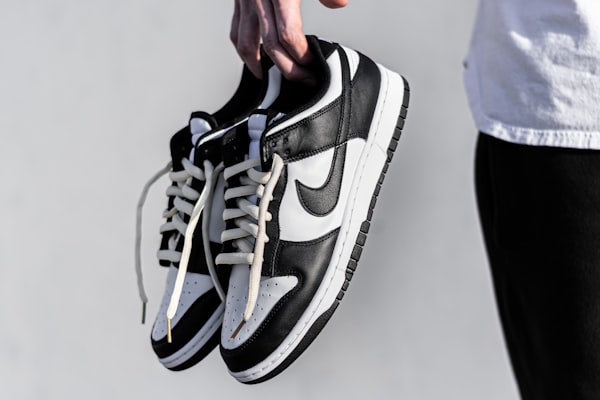Are you tired of getting scammed by fake shoe sellers?
If you're a shoe lover, you know that nothing beats the feeling of slipping your feet into a pair of high-quality, designer shoes. But with the rise of REPS (i.e., replicas or fake) flooding the shoe market, it's becoming increasingly difficult to tell the difference between the real deal and a knockoff.
In this article, we'll delve into the world of REPS and real shoes, exploring the key differences between the two and giving you insider knowledge to spot a fake a mile away. And don't worry; our guide is not fake news!
So, before you make another shoe purchase, please sit back, put your feet up, and let us guide you through the murky waters of shoe buying. Because let's face it, there's nothing worse than thinking you're getting a bargain, only to realize a fake has duped you.
What Does REPS Mean in Shoes?
REPS is an abbreviation used in the shoe industry, usually to indicate shoes are "Replicas" or a "Replicated" version of a shoe model. REP means the shoe is a version of an existing model recreated or reproduced to look like an original, authentic version. The original manufacturer does not make the REPS, or the REP version is not an officially licensed product.
REPS are commonly used in sneakers and streetwear culture, where original and authentic shoes are highly valued. It is also used in counterfeit and illegal marketplaces, where people can purchase Replica shoes which are cheaper than authentic ones.
Are REPS Shoes Fake?
Yes, REPS (short for "replicas") are generally considered fake shoes. They are counterfeit versions of popular shoe designs that are produced without the authorization of the original brand or designer.
While REPS may look similar to the real thing, they are often made using lower-quality materials and subpar construction. As a result, they are typically sold at a much lower price than the real version.
It's worth noting buying and selling REPS is illegal in many parts of the world and can have legal and ethical implications for both the shoe buyer and seller.
Additionally, wearing fake shoes can sometimes be seen as a fashion faux pas or a sign of trying too hard to keep up with current trends. Ultimately, it's up to each individual to decide whether to invest in the real thing or take a chance on a replica version.
How Do I Tell the Difference Between REPS and Real Shoes?
One of the biggest challenges with identifying REPS is that they are designed to look as close to the original as possible. However, a few key differences can help you tell them apart. Here are some of the factors to consider:
1. Materials Used in REPS vs. Real Shoes
One of the most noticeable differences between REPS and real shoes is the materials' quality. REPS are often made using low-quality materials, such as synthetic leather, cheaper plastics, or faux suede, that can feel rough or flimsy. On the other hand, authentic shoes are typically made using high-quality materials, such as premium leather or suede, that look and feel authentic.
2. Quality of The Shoe Construction
Another way to tell the difference between REPS and real shoes is to look at the quality of the construction. Authentic shoes are usually crafted with great attention to detail, solid stitching, and careful finishing, making them look polished and professional. REPS, on the other hand, often have inferior construction, such as visible glue or poorly sewn seams that can quickly unravel and fall apart.
3. Design and Details of The Shoe
The design and details of the shoe can also give away whether it is a REP or a real shoe. For example, REPS often miss the subtle design nuances and unique touches that the original shoe has. And REPS may feature slight design errors, such as incorrect placement of logos, stitching, or tags. Additionally, REPS may lack specific design features or details unique to the authentic shoe.
4. Branding and Labeling
Lastly, the branding and labeling on a shoe can also be a giveaway when determining if it is a REP or a real shoe. For example, REPS may have a similar or identical logo to the authentic shoe. But upon closer inspection, you may notice slight differences in font or color. Similarly, the labeling on a REP may be less detailed or contain spelling errors or typos, usually not present on the original shoe.
By taking note of these factors, you'll be better equipped to spot the differences between REPS and authentic shoes. Ultimately, investing in high-quality, authentic shoes may cost more in the short term. Still, it will save you money in the long term as you'll get more wear out of a well-made, genuine product.
What Are the Risks of Buying REPS?
Buying REPS can be tempting, as they are often sold at a fraction of the price of genuine designer shoes. However, there are several risks associated with buying fake shoes that should be considered before making a purchase.
1. Legal and Ethical Issues of Buying Fake Shoes
Buying and selling REPS is illegal in many parts of the world and can have legal and ethical implications for both the shoe buyer and seller. In many cases, the production of REPS involves using sweatshops or child labor, which can have profound ethical and moral implications for the people involved in the manufacturing process.
2. Quality and Safety Concerns
In addition to the ethical issues, REPS often lack the quality and safety standards of genuine designer shoes. REPS are usually made with lower-quality materials, which can cause them to wear out quickly or even fall apart after just a few wears. Additionally, the lack of regulation on the manufacturing of REPS can lead to quality control issues, such as poorly attached soles or buckles, which can create safety hazards for the wearer.
3. Financial Risks
In addition to the legal and ethical concerns, buying REPS can pose financial risks for the buyer. While REPS may be cheaper upfront, they are often made with inferior materials and construction, leading to expensive repairs or replacements in the long run.
In addition, if a seller is caught selling fake goods, they can be charged with criminal activity. Buyers may be left with no recourse if the seller disappears or becomes unresponsive.
While buying REPS may seem like an excellent way to save money, it comes with serious risks, including legal and ethical concerns, quality and safety issues, and financial risks. Instead of opting for fake shoes, investing in a high-quality, genuine designer shoe that will last longer and provide more value for the money spent is often better.
Tips from Our Editors
- Do your research: Before buying a pair of shoes, research the brand and model you're interested in purchasing. Then, look at the original shoe to get a sense of the design, materials, and details that are unique to that shoe. This will make it easier to spot differences when examining the shoe in person.
- Examine the packaging: Genuine designer shoes often come with high-quality packaging, including a dust bag, box, and tissue paper. If the packaging looks cheap or doesn't match the shoe's design, it could be a sign that the shoes are REPS.
- Trust your instincts: If a deal seems too good to be true, it probably is. If you're unsure whether a shoe is genuine or a replica, it's better to err on caution and walk away from the purchase.
- Shop from reputable sources: If you're determined to buy a pair of designer shoes, shop from reputable sources, such as the official brand store, a high-end department store, or a reputable online retailer. This will help to ensure that you're getting a genuine product and can help to minimize the risks associated with buying REPS.
- Care for your shoes: Maintaining the pristine condition of your designer shoes is key to their longevity. Protect your suede shoes with a suede protector, and use a leather protector for your leather shoes. Regularly cleaning your shoes will also help keep them looking their best.

On a Final Note
So there you have it, the lowdown on REPS and real shoes. We hope this guide has helped you become a more competent and savvier shoe buyer.
Remember, there's nothing worse than thinking you've scored a bargain only to find out that a fake has duped you. By knowing the difference between REPS and authentic shoes, you can save your sole and your wallet.
Now go forth and put your best foot forward – with confidence!
Related Articles






